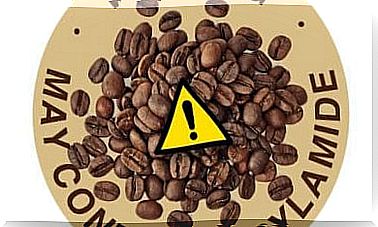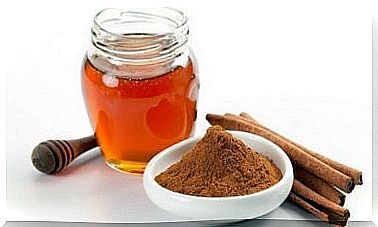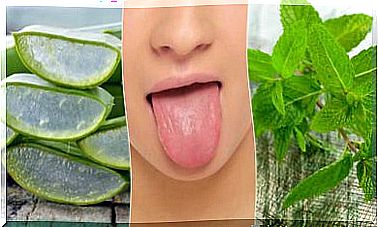Diets Rich In Flavonoids
A diet rich in flavonoids can improve the antioxidant status of our body. Coffee, tea, fruits, vegetables and spices are our allies in this task.
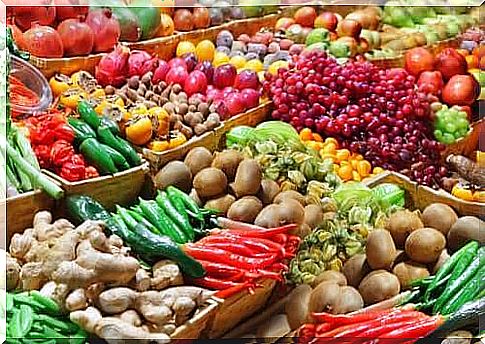
Diets rich in flavonoids have an antioxidant property which may be beneficial for health. These nutrients are concentrated in fruits and vegetables.
On a daily basis, multiple oxidation processes occur at the cellular level and lead to the appearance of free radicals. If the genesis of this metabolic waste is not controlled, cellular aging is accelerated.
Oxidation is linked to a higher risk of degenerative diseases, so ensuring the intake of antioxidants through the diet neutralizes the negative effect. Diets rich in flavonoids help perform this function and we show you what they are.
Red fruits are rich in flavonoids
A recent study published in the journal Oxidative Medicine and Cellular Longevity , established a link between regular consumption of blueberries and a lower general inflammation state. This property is due to the presence of flavonoids in its composition.
Specifically, anthocyanins are the nutrients that are useful in combating oxidative stress and reducing the formation of free radicals. However, consuming too much blueberries would be necessary to benefit from this effect. This is why it is essential to combine these foods with others from the plant kingdom, such as cherries.
The juice of these fruits, also rich in anthocyanins, manages to reduce markers associated with inflammation. But they also induce an improvement in the lipid profile. This is what emerges from research published in Nutrients magazine in 2019.
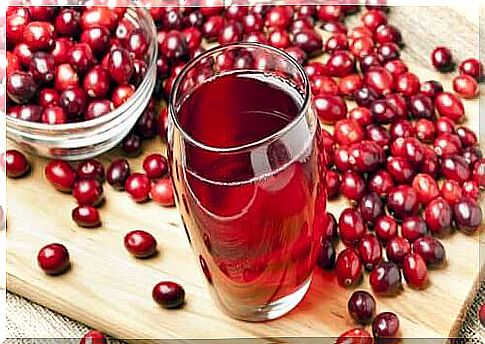
This type of rich diet is based on vegetables
Other foods that contain flavonoids in their composition are vegetables. It is necessary to include them regularly in the diet, because they provide micronutrients and fibers, essential for the proper functioning of the body.
In this group of products, broccoli is the one that contains the most flavonoids in its composition, as indicated in a study published in the journal Molecules . Regular consumption of this food is linked to a lower state of systemic inflammation.
It can also be helpful in reducing the severity of lung infections. For more than a decade, research has shown that asthmatics improve their symptoms and the intensity of acute attacks with its consumption.
Spices and flavonoids
Culinary spices should be included in diets that claim to be rich in flavonoids. These ingredients contain a multitude of phytochemicals that perform beneficial functions for the body.
Among them, turmeric stands out for its antioxidant and anti-inflammatory capacity. The compound responsible for its properties is curcumin.
High doses of this substance may be an effective adjuvant treatment for chronic diseases, even in support of chemotherapy, according to research conducted in 2019. However, further studies and a clinical application protocol are needed to standardize it.
Another substance that must be present in a diet rich in flavonoids is coffee. Consumption of this drink has been discouraged for some time due to its caffeine content.
It was suspected that regular consumption of this alkaloid could be harmful in the long term. However, it has been shown to be safe for health in limited quantities. In addition, regular coffee consumption is associated with an increase in life expectancy, as indicated in an article published in the European Journal of Epidemiology .

Fruits and vegetables for diets rich in flavonoids
Diets rich in flavonoids should leave an important place to vegetables. These foods contain micronutrients that ensure good health in the medium and long term. In addition, they modulate the levels of oxidation and systemic inflammation.
This diet cannot be based on sporadic additions. It is necessary to include these foods regularly. Using spices in meal preparation is also an effective strategy for increasing antioxidant status. Especially in people with intense physical activity, the intake of these ingredients is differential in terms of recovery.
Finally, it should be noted that the consumption of coffee and tea complements the intake of flavonoids. They are associated with a lower risk of all-cause mortality and a longer life expectancy.
